Callisia Repens: [Planting, Care, Irrigation and Substrate]
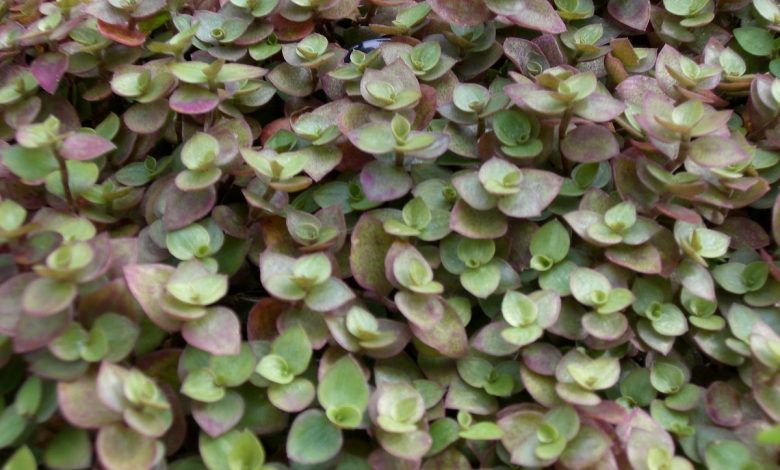
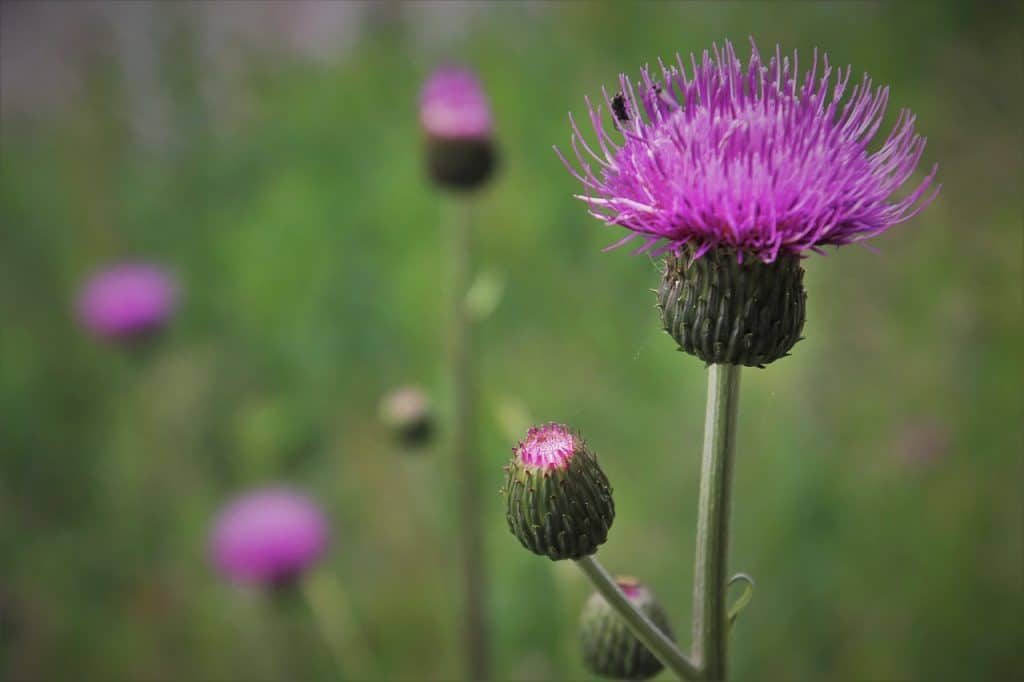 This article tells you about a wonderful plant: Callisia Repens. We show you what you should keep in mind if you want to plant it in your garden. Once planted, we will indicate the irrigation needs and the care it has.
This article tells you about a wonderful plant: Callisia Repens. We show you what you should keep in mind if you want to plant it in your garden. Once planted, we will indicate the irrigation needs and the care it has.
Callisia repens, native to Central America, is an American plant belonging to the Commelinaceae family. It is a perennial succulent.
Small in size but big in satisfaction, it develops a stupendous leafiness, which greatly helps to embellish spaces at home.
Its leaves are beautiful, striking and although it does not exceed 30cm in height, its creeping tendency with fine upright stems that support heart-shaped leaves of an intense green.
Some have rather lanceolate leaves.
It is a plant that is so easy to propagate or multiply that it is enough to take one of its stems and keep it in a container with water so that it “lights up” quickly. It also serves a pot filled with good substrate.
You will see how at any time of the year you get new specimens of the Callisia. However, it is necessary that you cut the protruding stems delicately, to renew it.
But when you need it to grow as a hanging plant, let the stems hang as they see fit.
It also blooms cautiously, nothing spectacular. The showiness is concentrated in its leaves, which sometimes acquire a purplish tone on the back of it.
- Callisia fragrans, native to Mexico, is very popular because its maintenance is not very complicated.
- Callisia monandra is the other Latin American variety.
Characteristics of Callisia Repens
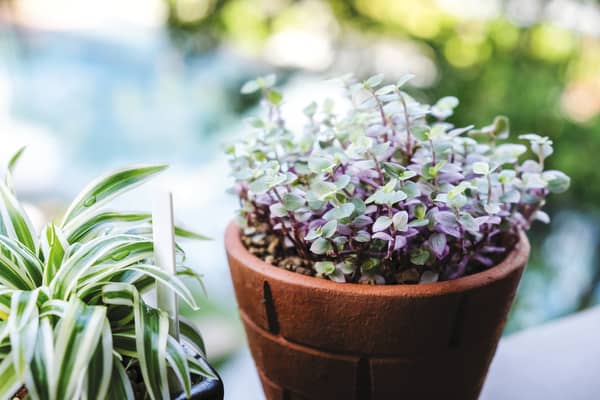
- Common name: Creeping vine plant, turtle vine, Bolivian bean.
- Scientific name: Callisia repens.
- Type: Low-growing succulent.
- Origin: Mexico, Central America, South America and the West Indies: Mexico, Central America, South America and the Antilles.
- Habitat: Riparian zones, secondary forests and thickets in tropical and warm temperate regions.
- Size: 10cm tall.
- Toxicity: Not toxic to humans or pets.
- Colors: Bright green leaves.
- Blooms: Small clusters of white flowers.
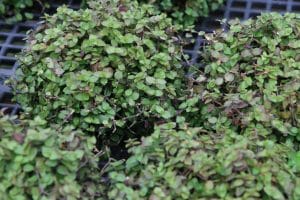 It has certain distinctive characteristics: it develops loosely compacted “rosettes” and the leaves are more widely spaced than other varieties of Callisia.
It has certain distinctive characteristics: it develops loosely compacted “rosettes” and the leaves are more widely spaced than other varieties of Callisia.
The leaves alternate and their stems are thinner, about 70 cm high, but they also have other secondary stems that emit terminal rosettes from which new plants will emerge, due to adventitious roots appearing.
These branches appear in the axils of leaves that have already detached from the mother plant. This is how their children appear.
Let’s see how to give you the best of lives.
plant care
- Light: Bright and indirect light.
- Irrigation: Medium to high.
- Temperature: 10 to 15°C.
- Air humidity: Medium humidity.
- Soil pH: Acid (5 to 6 pH).
- Subscriber: Apply liquid fertilizer every 10 to 14 days during the summer.
- Propagation: Stem cuttings, seeds.
- Transplant: Every year.
- Pruning: Pinching of the tips of the stems.
Temperature: Where should we plant Callisia Repens?
They grow and thrive in cool climates,with temperatures ranging between 15°C to 30°C.Intolerant to frost, you must take care of your Callisia from cold winter winds. Nothing is worse for your health.
At home, try to always keep it safe
Light: What light needs do you have?
In semi-shade, it must be grown and maintained, because direct sun burns the leaves. But in the mornings it does not fare badly if it receives an indirect dose of natural light.
Those specimens of this plant that live in darkness develop very long stems and few leaves. So provide it with a bright spot and it will be so happy that you will soon have new plants from cuttings.
It is very easy to multiply.
Substrate and Fertilizer: How do we prepare the land?
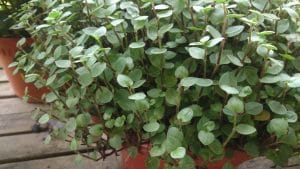 Apply a good liquid fertilizer to Callisia about twice a month, but in low doses that you will add to the irrigation water.
Apply a good liquid fertilizer to Callisia about twice a month, but in low doses that you will add to the irrigation water.
This plant does not really demand a specific type of substrate, it tolerates any but organic and with excellent drainage.
Dare to prepare a good homemade substrate for your Callisia. As long as you have the necessary raw materials, you will achieve magnificent results. Get the coconut fiber and blond peat, which usually has a pH of 6 or 6.5.
The mixture must contain a proportion of 60% blonde peat and coconut fiber will take the rest.
This is called base substrate. Then you add 10% of garden soil and, if you get it, you can add expanded polystyrene, a plastic material that foams or grows, widely used in the construction and packaging manufacturing sector.
You have to grind this plastic down to a lentil grain. With this preparation you will give much greater physical stability to the substrate and greater oxygenation.
Steps to Plant Callisia Repens
- If you have the plant in a pot, prepare a good hole. At a minimum it should be a little more in diameter and depth than the pot.
- Water said hole and let it spend a while. In this way we avoid that the soil is waterlogged, but it will remain moist.
- Carefully take the callisia repens out of the pot and put it inside the hole.
- Add peat, compost and other substrate that you have prepared around.
- Redeposit previously removed soil.
- Water again, but avoiding flooding. It is ideal with spray or drip.
Irrigation: how often and how?
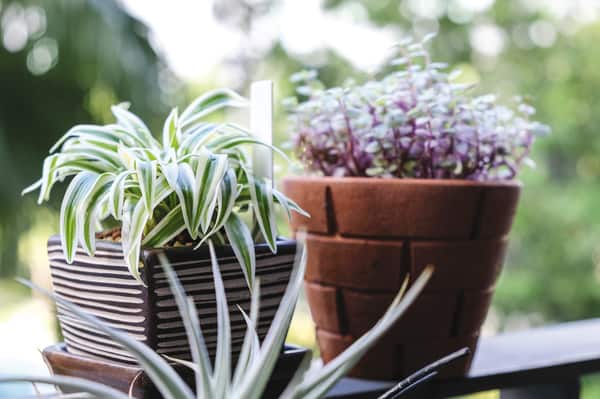
Careful with this:A very important consideration that you should always keep in mind is that the stems of this plant break quite quickly if you handle it a lot. They are fragile.
So at the time of watering, do not forget this natural condition of the Callisia.
It hydrates the plant a lot in hot periods, especially when summers are very intense. Use water at room temperature.
The opposite will happen in winter, when the proportion of water that the plant receives must be much less. Once a month will suffice, as long as the substrate has dried completely.
 Another important tip is to avoid leaving the leaves moist for a long time. Eliminate excess water in them to prevent them from deteriorating.
Another important tip is to avoid leaving the leaves moist for a long time. Eliminate excess water in them to prevent them from deteriorating.
From time to time, take advantage of removing or pruning the leaves and twigs that are drying out.
Callisia has many variants of good foliage that will help balance the special atmospheres in your home. Choose the one you like best and you will complete excellent decorations with a distinctive natural touch.
In short, take care that the substrate does not become waterlogged or the roots will not withstand excess moisture. That is part of the secret of keeping this plant true to its long-lasting temperament.
size and growth
If you are curious about the growth rate of Callisia repens, remember that it grows rapidly. They can easily outgrow their own pot, especially a small one. When they are on the ground, they can spread out and cover empty spaces in no time. In fact, in some areas, Callisia repens is considered invasive.
But even though it is a fast – growing plant, it is still compact and short. Its maximum size can reach only up to 10 cm in height. When it crawls, it stays close to the ground. Since the size of Callisia repens is not very large, you should focus on NOT spreading it too much.
Fragrance
There is not much to look forward to when it comes to the fragrance of Callisia repens. All its parts are odourless.
So do not expect the plant to emit spectacular aromas or anything like that. It is not a suitable plant for this. But, of course, do not feel bad. The plant is still gorgeous with or without the fragrance. So for now, enjoy what your plant has to offer.
However, the genus Callisia has a species that produces scented flowers. This plant is known as Callisia fragrans. Obviously, the name says it all.
It also produces a cluster of tiny white flowers on a long stem. It is also a lovely plant to add to your Callisia repens plants.
Toxicity
It would be lucky to grow Callisia repens if you have pets and children at home. The plant is not considered toxic to any of them. If you are looking for an ornamental plant that is pleasant and safe for health, then this one fits the bill perfectly. But even so, some precautions must be taken into account.
Common problems of Callisia repens
Although the plant is very resistant, there are certain situations with which you must be careful.
It has its own vulnerabilities. So, to avoid them, we are going to know the possible problems of Callisia repens that we may come across in the future.
pests
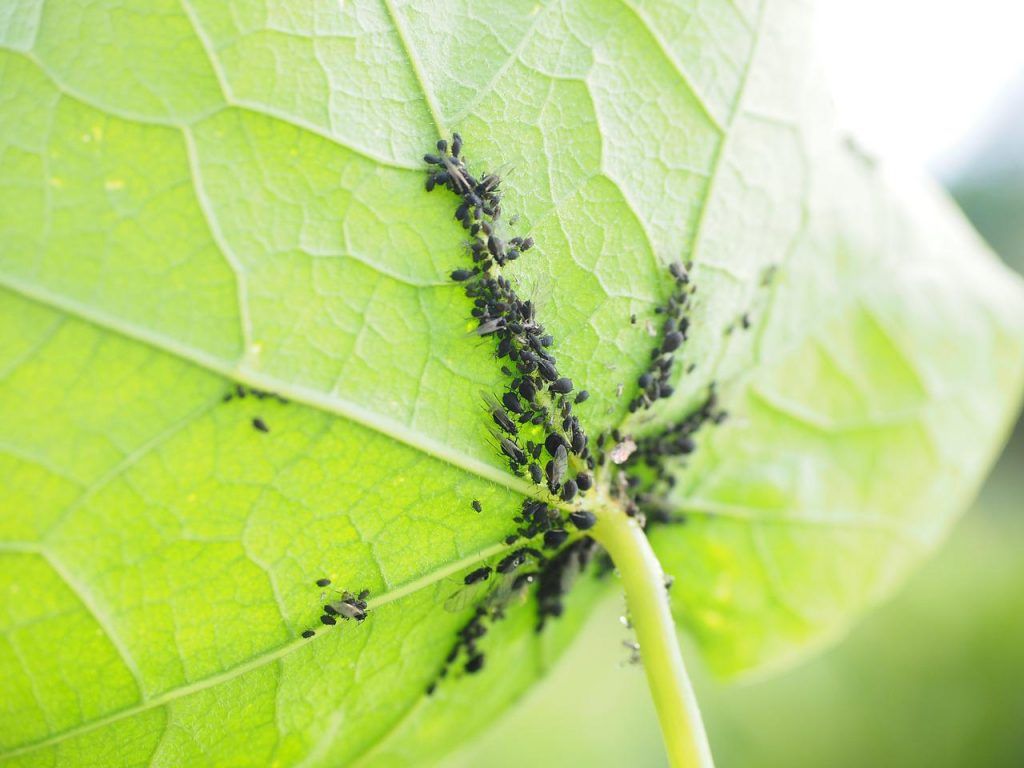
Among the pests of Callisia repens are:
These organisms can severely damage the foliage and root system of the plant if allowed to multiply. It is important that you control your plant from time to time they appear. And eliminate these organisms whenever you see them.
You can repel these pests by spraying the foliage with diluted dishwashing soap, especially in colonized areas. Sometimes it will be enough to spray with water (under pressure). If they keep popping up, it’s time for you to use insecticides to kill them completely. However, this situation does not usually occur, so you can rest easy.
Diseases
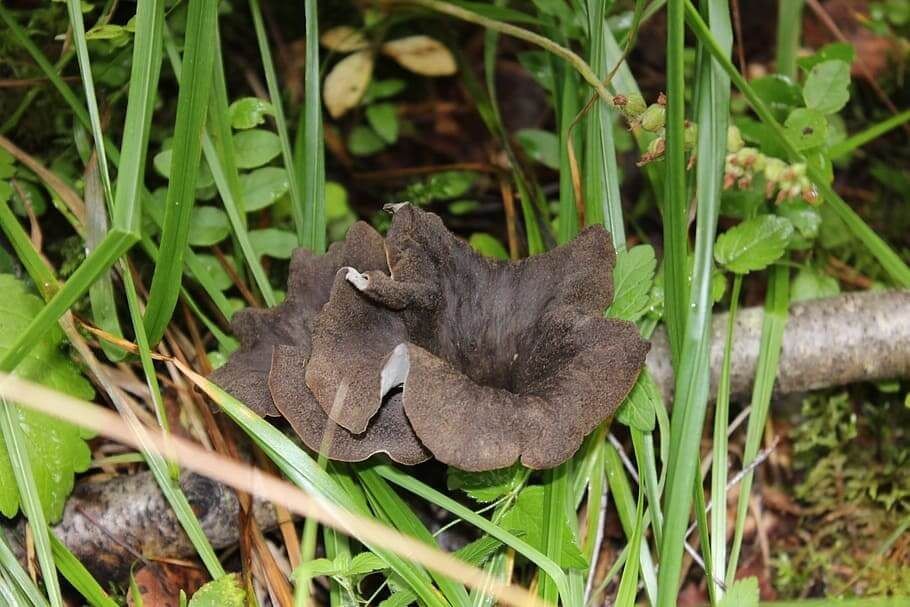
The most common diseases that attack this plant are:
- Leaf spot.
- The botrytis.
- The Odium.
- Root rot.
They are the identified diseases of Callisia repens. They are caused by pathogens that have settled in plant parts or in the soil. Certain environmental conditions can trigger their growth and reproduction. They usually occur due to excess moisture or excessive watering.
These diseases can easily kill any plant, and Callisia repens will be no less. Therefore, you have to be vigilant. Transplant the plant immediately if signs of root rot begin to appear. Withhold watering for a period of time until roots or foliage heal.
Apply fungicide whenever necessary. Also, make sure to isolate the plant while it is being treated.

![Photo of Bear Garlic: [Cultivation, Care, Irrigation, Substrate and Characteristics]](https://www.complete-gardening.com/wp-content/uploads/2022/08/bear-garlic-cultivation-care-irrigation-substrate-and-characteristics-390x220.jpg)
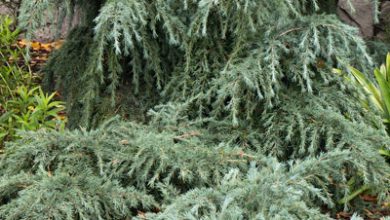
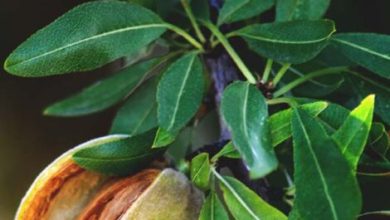
![Photo of Nandina cuttings: [Grafting, Season, Rooting and Sowing]](https://www.complete-gardening.com/wp-content/uploads/2021/06/nandina_1612647032-390x220.jpg)